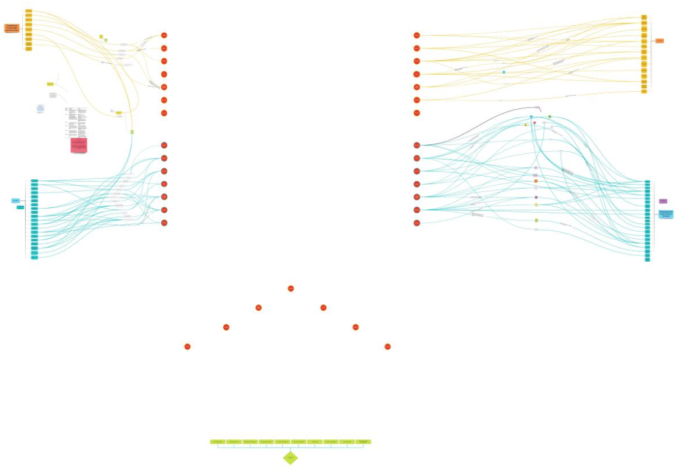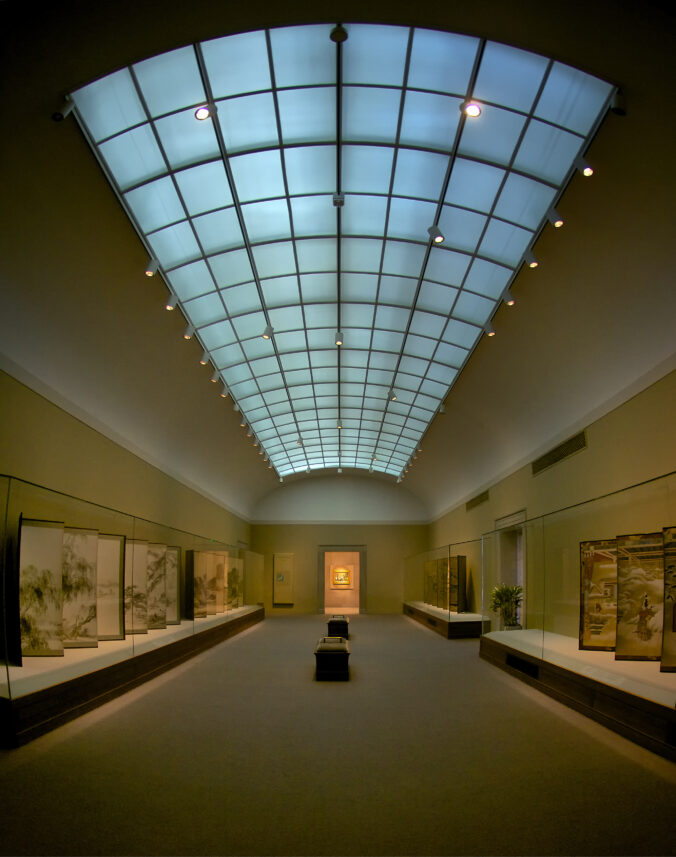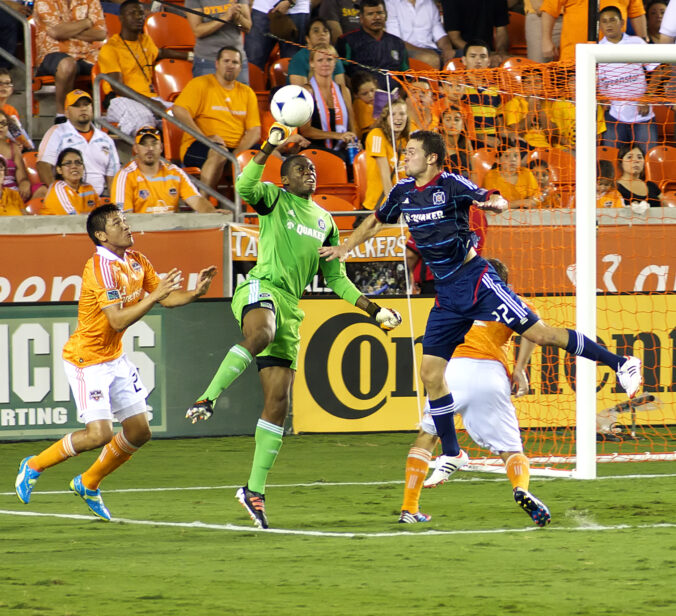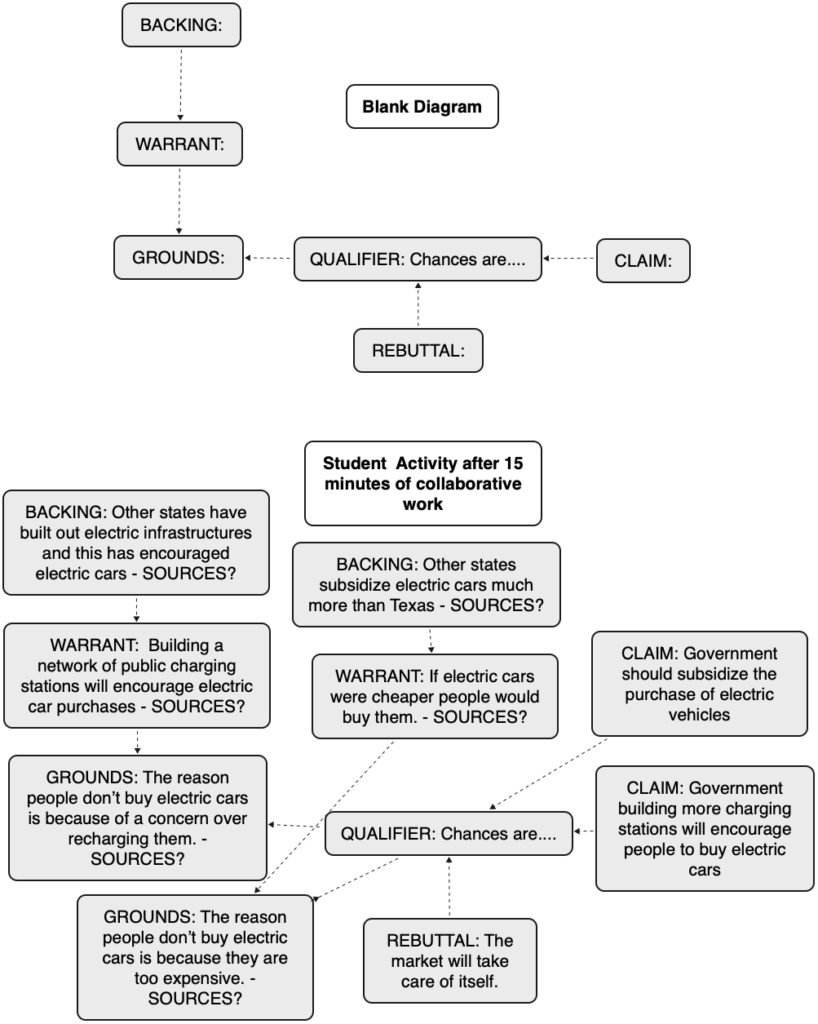As technologists, we often have our minds set firmly on the future. We have made it a hallmark of our profession to find the latest and greatest to share with our communities. Sometimes this results in innovative outcomes but all too often these efforts result in intriguing “projects” that never seem to take root in the fabric of our institutions.
We are so trained in this approach to reshaping pedagogy that, when we are asked to develop innovative approaches to teaching and learning, we instinctively grasp for our toolboxes instead of considering the pedagogical approach or other purposes of the technology first. All too often, technology guides the purpose and not the other way around.
The weaknesses of this tendency became apparent last year as most institutions were suddenly forced to lean heavily on their technology infrastructures to maintain continuity of instruction during the pandemic. Those institutions with a diverse set of tools that complemented each other and provided faculty and students with low barriers to entry had relatively smooth transitions to remote teaching.
However, those institutions that had not devoted much attention to their technology infrastructures ran into repeated problems as faculty and students bent technology to meet their learning needs. More often, however, we were driven to compromise instruction in order to do anything at all with the tools at hand. Even institutions that had relatively sophisticated technology infrastructures struggled if those tools were hard to use or did not incorporate antifragile design principles.
Challenges always look for weak points in any system. This is true of COVID, which looks for weak points in our biological systems. It is also true of Black Swan events, which will seek out weak points in our social systems. Education is a social system with many weak points. It is based on rigid systems of time (contact hours) and space (“online courses are to be kept separate from ‘real’ courses”). The pandemic disrupted both time and space. As a consequence, it compromised many different systems in unexpected ways. The design of our technological toolsets reflected many of these systemic weaknesses.
This did not have to be the case. Digital technology has the capacity to make our systems less rigid. Online courses can be decoupled from time and space with little regard for logistics like room scheduling. As long as you have power and the internet, you are good to go.
One mistake that many institutions made last year was to move courses online without considering those two essential preconditions. For instance, instead of trying to reduce class sizes, the focus should have been to reduce the need to physically be in class. Instead of expending scarce resources trying to get students into classrooms, technological resources should have been distributed throughout our campuses to allow those students with connection or device issues to come in and use institutional resources such as computers and wi-fi.
Ultimately, the purpose of a classroom is community. We seem to have lost sight of that. Instead, we sought to replace the tool without considering how we could build communities in the absence of physical proximity. The system drove this train of thinking, not the tools. It’s no surprise we saw so many failures under those circumstances.
Our systems measure instruction through imperfect metrics such as “contact hours” that are based on old technological systems such as classrooms. The technology of the classroom drove the system in this direction but then the system assumed its own logic based on that technology. This rigidity created a structural weak point that was attacked by the pandemic. Trying to mimic a singular set of tools centered on the concept of the classroom online resulted in a great deal of dissatisfaction, as well as declines in outcomes, when it came to the quality of our educational product.
For my own classes, I made a conscious decision to ignore these systemic constraints and focus entirely on what my students needed to learn. I carefully analyzed all of the different tasks required to successfully complete my course, designed a set of tools matched to specific tasks, and went on teaching as normal with few compromises in my instructional approach. As a matter of fact, as I wrote in my book, Learn At Your Own Risk, there were many aspects of my instruction that were better than before remote instruction took hold.
My approach isn’t a perfect system (no system of individualized learning can be “perfect”). However, it does illustrate an antifragile approach to integrating the appropriate technological tools available to me. I let the needs of the learner drive my decisions, not the available technology. There were some things that were suboptimal. For instance, in-person contact, particularly for those still struggling to learn how to learn, is almost impossible to replace. Videoconferencing is not a panacea.
So how are we going to be ready for the next set of challenges that come down the road? Everything from climate change to demography are going to buffet our institutions. Climate change makes a repeat of COVID more likely as humans and viruses interact in new and unexpected ways as both struggle to adapt to changes in their ecosystems.
We are going to have to change how we think about technology to make education a much more antifragile system. That means we need to understand how our technologies work holistically with one another to shape our learning environments. But we must also consider, as happened last year, what happens when a particular set of tools is taken away from us by unexpected events. How quickly will our learning ecosystems adapt and heal under similar circumstances?
This is not just about preparing for disaster. We must also grasp the opportunities afforded to us by creating more flexible systems. Climate change is one example of a challenge that cannot be solved by any one discipline or specialty. Like Covid, science must be complemented with social science. If the last year has taught us anything, it’s that sociology and politics have often created illogical outcomes that have killed more people than would have been the case had we simply followed the science. It has taken both science and our social systems to develop and, more importantly, distribute vaccines to slow or stop the disease.
Our systems of learning need to facilitate the construction of bridges between disciplines. The challenges that we will likely face will require a range of interlocking skills and technologies to overcome. Creating an information ecosystem is critical to any large scale effort. Digital technology excels at information exchange. As a social scientist, there is little stopping me from bringing a physicist or biologist into my class. This is true even if the scientist in question happens to be thousands of miles away. The act of sharing research is simple as well.
However, none of this will have an impact if our systems don’t adapt as well. Silos are human constructions. Sometimes we build them into our digital solutions as well where they undermine the potential of the tools. We have to decide to use our tools in such a way as to make our systems antifragile. Our technology will not do this for us.
Blogs on the Hackathons can be found here:






